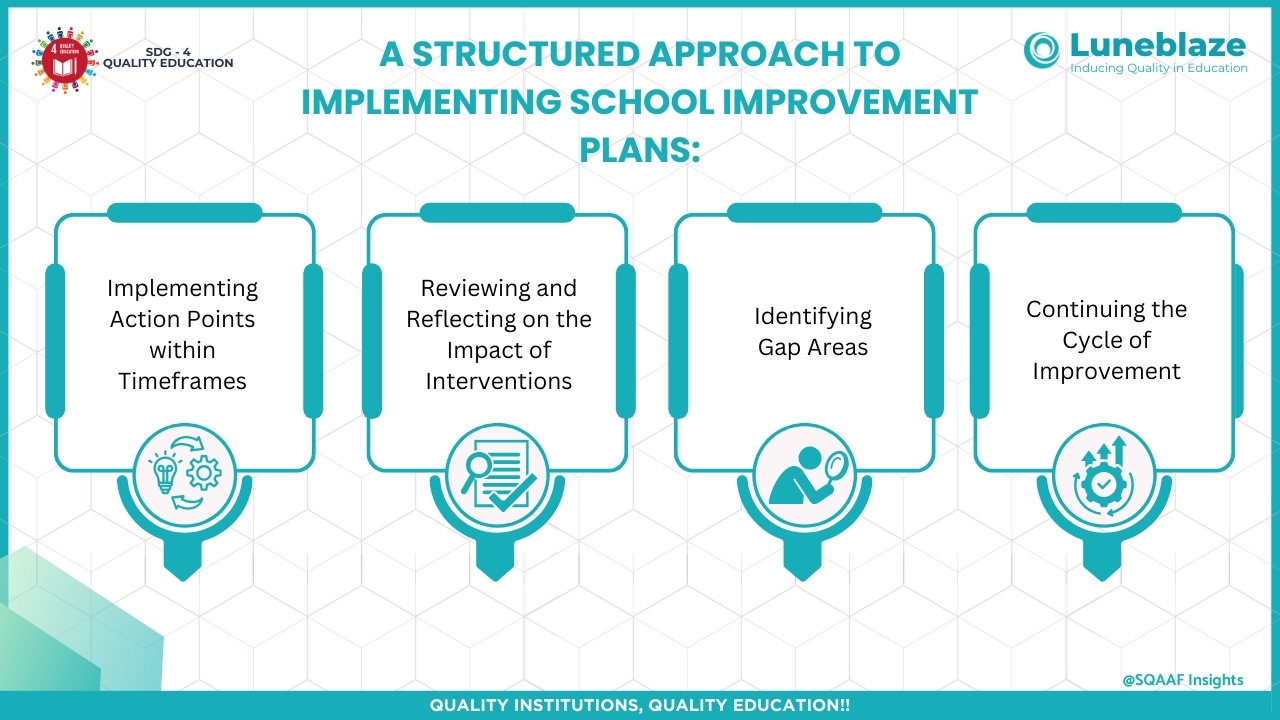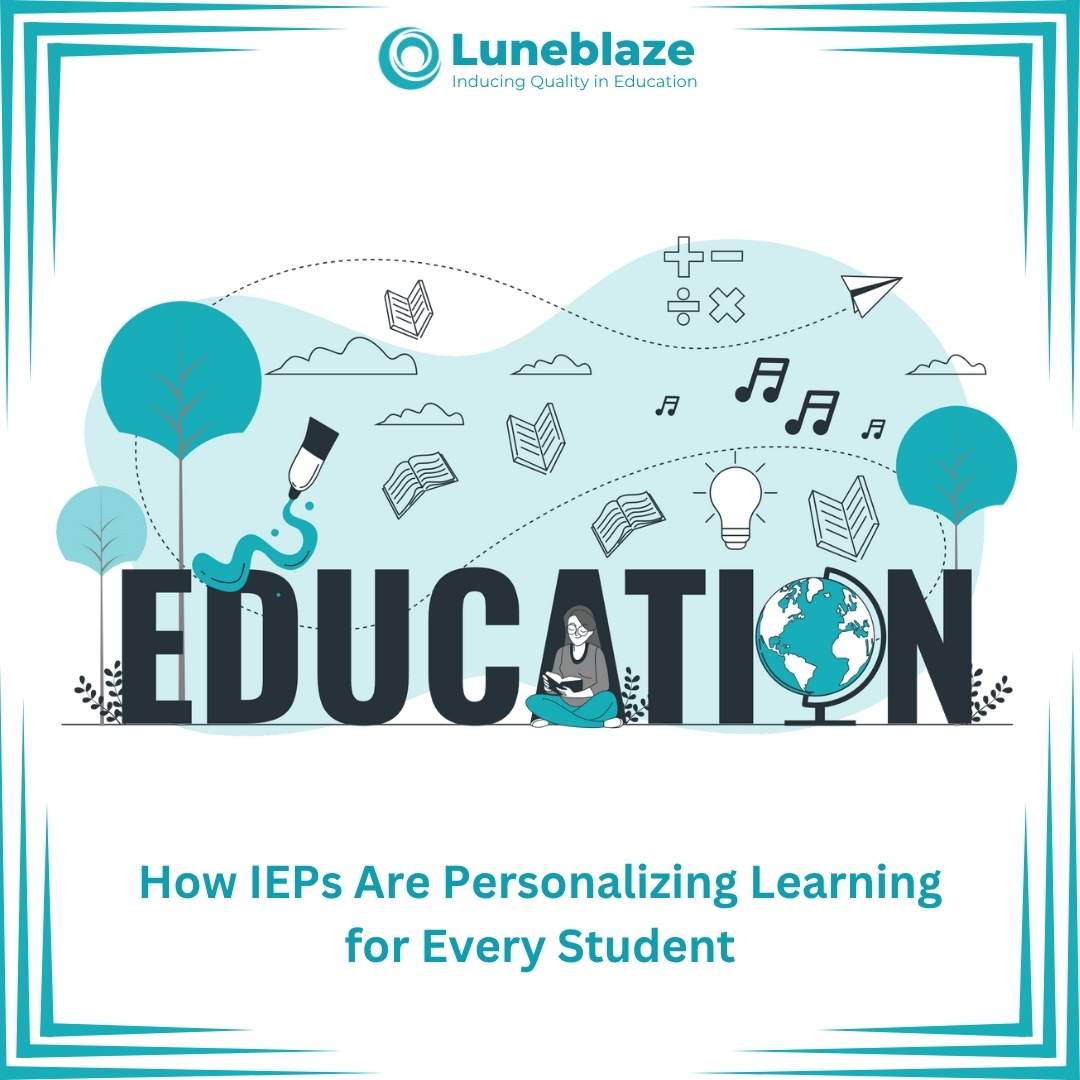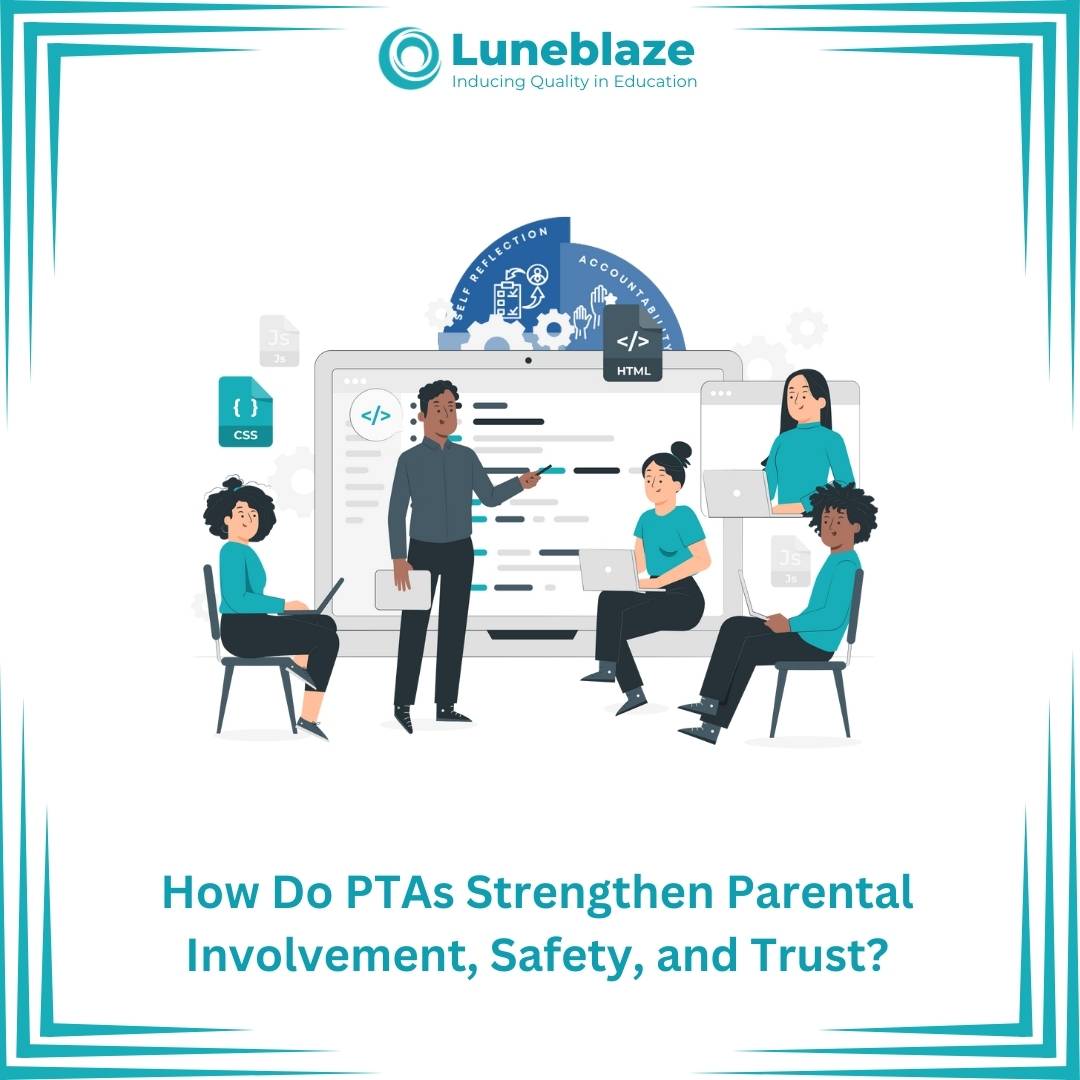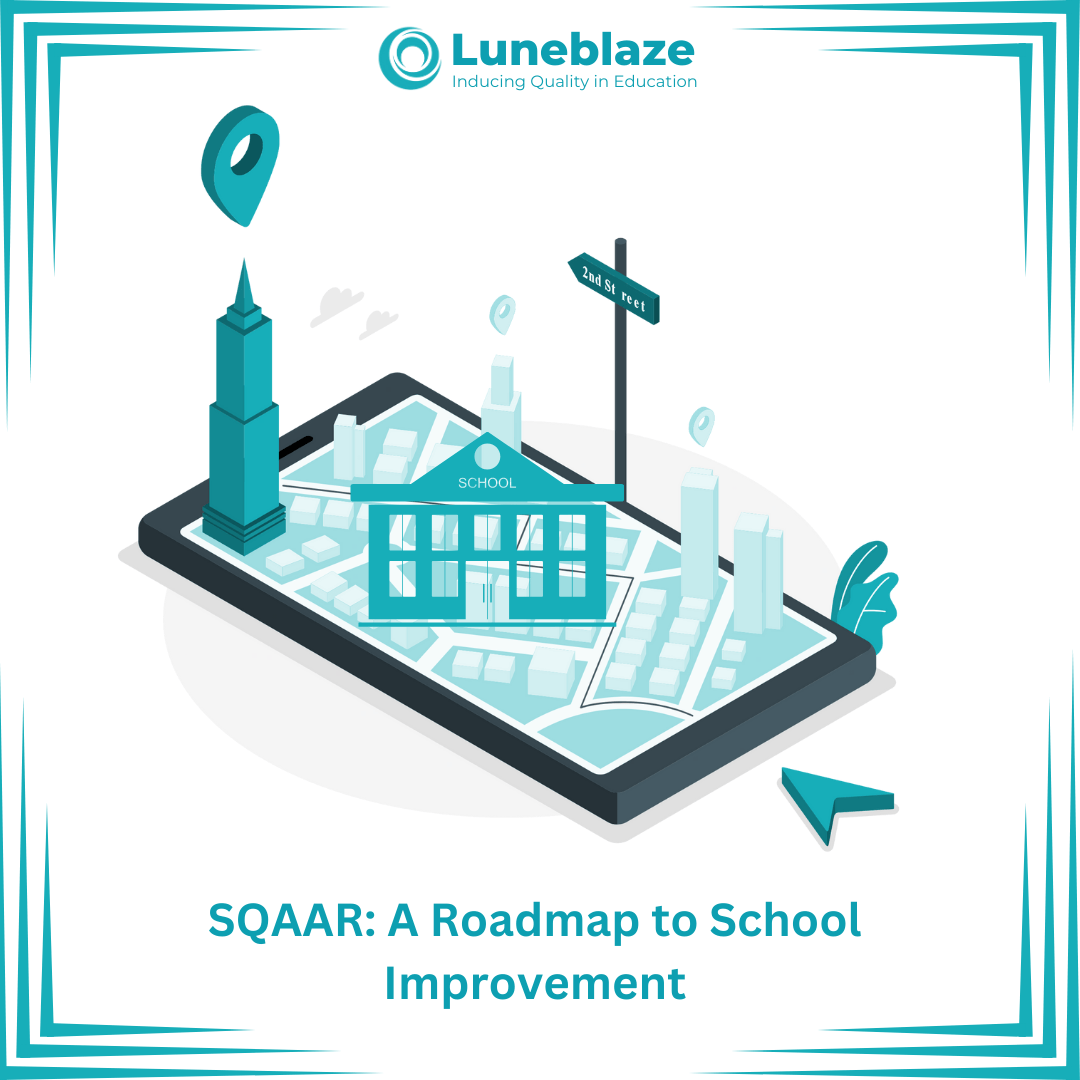How to Implement Improvement Plans Strategically?

12 Apr 25
Imagine walking into a school where every teacher, student, and administrator is working in harmony toward a shared vision of growth. The classrooms are buzzing with engagement, teachers are implementing innovative strategies, and students are thriving in an environment designed for success. This transformation does not happen by chance—it is the result of a well-executed Action Plan that bridges the gap between vision and reality. The journey of school improvement involves not just planning but, more importantly, the effective implementation of those plans.
The journey toward school improvement is a continuous cycle of assessment, planning, implementation, and reflection, as emphasized by the CBSE SQAA framework. One of the most crucial phases in this process is the implementation of an Action Plan or a Self-Improvement Plan. Once a school has outlined its improvement strategy, the next step involves putting the plan into action while continuously assessing its effectiveness.
This phase requires strategic execution, evaluation, and an adaptive approach, utilizing the SQAA portal for tracking progress and ensuring meaningful outcomes. Schools must focus on executing their proposed improvements within a set timeframe while monitoring progress and making necessary adjustments.
This process begins with self-assessment by the school, which helps in identifying key areas for development. Schools then move towards applying the improvements systematically, ensuring that interventions are effective and yield positive results.
Guiding Questions for a Successful Implementation
During the implementation phase, schools must continuously ask themselves important questions to measure the impact of their efforts. Two critical questions that should guide this phase are:
How do we evaluate our efforts? – Schools must develop mechanisms to assess the effectiveness of the strategies being implemented. This includes setting measurable goals, tracking progress, and ensuring that the intended improvements are being realized.
Is what we are doing making a difference? – Schools should reflect on whether their efforts are bringing the desired changes. This involves collecting feedback from stakeholders such as teachers, students, and parents to understand the real impact of the interventions.
Turning Plans into Action: A Step-by-Step Approach
For schools to successfully implement their improvement plans, they should follow a structured approach. The following steps outline a systematic method for ensuring effective execution:
1. Implementing Action Points within Timeframes
Each action plan consists of several key interventions that need to be executed within a defined timeline. Schools must allocate resources, assign responsibilities, and monitor the implementation of each action point. Adhering to deadlines ensures steady progress and prevents delays in achieving improvement goals.
2. Reviewing and Reflecting on the Impact of Interventions
Once the action points have been executed, it is essential to assess their impact. This involves:
Conducting surveys and feedback sessions with teachers and students.
Analyzing student performance and behavioral changes.
Identifying any unexpected challenges and making necessary modifications.
This will allow schools to understand what is working well and what needs to be improved further.
3. Identifying Gap Areas
No plan is perfect, and there will always be areas that need further attention. Schools must identify these gaps through data analysis and stakeholder feedback. Some common gaps include:
Insufficient training for teachers on new methodologies.
Lack of engagement from students or parents.
Resource constraints affecting implementation.
By recognizing such gaps, schools can refine their approach and make targeted improvements.
4. Continuing the Cycle of Improvement
School improvement is an ongoing process. Once an action plan has been implemented and its effectiveness assessed, schools should re-enter the self-assessment phase to determine the next steps for further enhancement. This continuous cycle ensures that schools remain committed to progress and adaptation.
Overcoming Obstacles in the Implementation Process
Implementing an Action Plan or a Self-Improvement Plan is not without challenges. There can be several obstacles including:
Resistance to Change: Teachers, students, or parents may be hesitant to adopt new strategies.
Resource Constraints: Limited budgets, infrastructure, or human resources can slow down implementation.
Lack of Monitoring Mechanisms: Without proper tracking, schools may struggle to measure progress effectively.
To overcome these challenges, schools should foster a culture of collaboration, seek external support where necessary, and continuously engage in reflective practices to adjust their approach.
By systematically executing planned actions, evaluating their impact, identifying gaps, and continuing the cycle of improvement, schools can achieve sustained progress.
The key to success lies in commitment, adaptability, and continuous reflection. When schools prioritize these elements, they create an environment where both educators and students thrive, ultimately leading to enhanced learning outcomes and overall institutional growth.
To support these efforts, Luneblaze provides a comprehensive AI-enabled end-to-end solution to schools for all their accreditation criteria needs, be it documents & evidence creation, self-assessment filing support on the CBSE SQAAF portal, faculty trainings, audits, and consultancy support. With the help of Luneblaze’s AI-enabled solutions, institutions can organize and manage all their data related to accreditation and assessments like SQAAF for schools.
Together, let’s raise educational standards. Partner with Luneblaze for SQAAF success. Reach out: sqaa@luneblaze.com
Trusted by
100+
Institutions
worldwide
since 2017
Get started with Accreditation Excellence
Explore how our AI-enabled accreditation solution simplifies the accreditation journey










